Home>Articles>What Should Be The Size Of P-Trap For Bathroom Sink
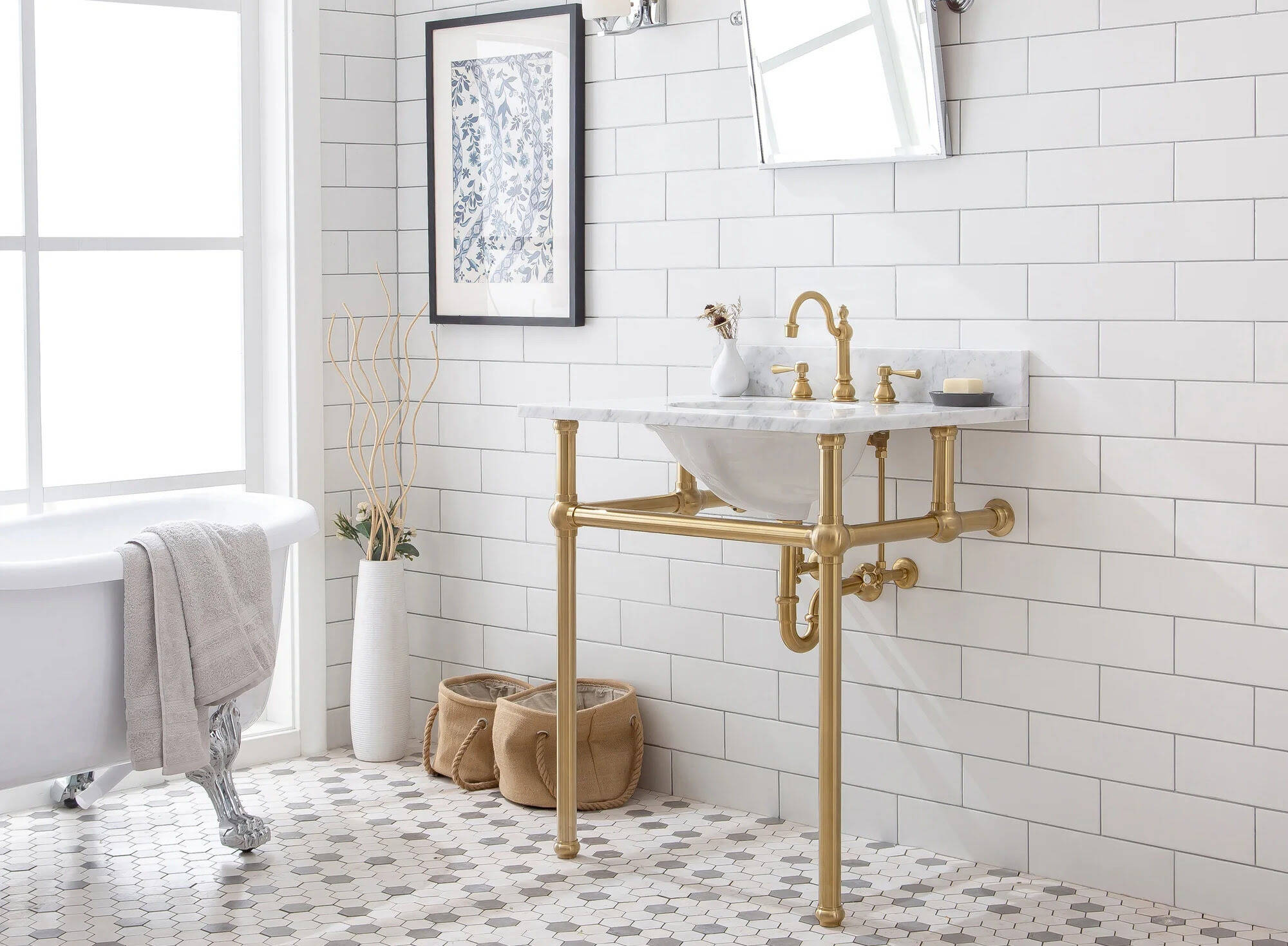

Articles
What Should Be The Size Of P-Trap For Bathroom Sink
Modified: May 6, 2024
Looking for articles on what size P trap is needed for a bathroom sink? Get expert tips and advice on choosing the right P trap size for your bathroom sink.
(Many of the links in this article redirect to a specific reviewed product. Your purchase of these products through affiliate links helps to generate commission for Storables.com, at no extra cost. Learn more)
Introduction
The P-trap is an important component in the plumbing system of a bathroom sink. It plays a crucial role in preventing unpleasant odors and gases from entering your living space. Properly sizing the P-trap is essential for maintaining the functionality and efficiency of your bathroom sink drainage system.
In this article, we will explore the significance of selecting the right size P-trap for your bathroom sink. We will discuss the concept of a P-trap, its importance, and the factors to consider when choosing the appropriate size. Additionally, we will provide guidance on how to measure and determine the correct size P-trap for your specific sink. Finally, we will outline the installation process and offer maintenance tips to ensure the optimal performance of your P-trap.
Understanding the role and importance of the P-trap will empower you to make informed decisions when it comes to your bathroom sink’s plumbing system. So, let’s dive in and explore the world of P-traps!
Key Takeaways:
- Properly sizing the P-trap for your bathroom sink is crucial to prevent foul odors, ensure smooth drainage, and prevent clogs. Consider factors like drain pipe size and local plumbing codes for optimal sizing.
- Regular maintenance of your P-trap, including cleaning, leak checks, and blockage inspections, is essential for long-lasting performance. Avoid pouring harmful substances down the drain and consider professional maintenance if needed.
Read more: What Is The P-Trap Under The Sink
What is a P-trap?
A P-trap is a plumbing component that is shaped like the letter “P” or a sideways “U.” It is typically made of PVC or metal and is installed below the bathroom sink’s drain. The purpose of the P-trap is to create a water seal that prevents sewer gases and odors from entering your home while still allowing wastewater to flow freely.
The design of the P-trap is ingenious. It works by trapping a small amount of water in its curved section, forming a barrier between the sewer line and your living space. This water seal acts as a barrier, preventing the release of unpleasant odors and harmful gases such as methane and hydrogen sulfide.
Another important function of the P-trap is to catch debris and prevent it from clogging the drain. Any solid particles or materials that accidentally slip through the sink drain will be caught in the P-trap, preventing them from going further into the plumbing system.
The P-trap is not only found in bathroom sinks but is also present in other fixtures like kitchen sinks, bathtubs, and showers. However, the focus of this article will be on its application in bathroom sinks.
Now that we have a basic understanding of what a P-trap is and its role in preventing odors and protecting your plumbing system, let’s explore why it is important to choose the correct size P-trap for your bathroom sink.
Importance of a properly sized P-trap
Choosing the correct size P-trap for your bathroom sink is essential for maintaining the proper functioning and efficiency of your plumbing system. Here are some significant reasons why a properly sized P-trap is important:
- Prevents foul odors: A properly sized P-trap creates a water seal that prevents sewer gases and odors from entering your home. If the P-trap is too small, it may not hold enough water to create an effective seal, resulting in foul smells permeating your bathroom.
- Ensures smooth drainage: The size of the P-trap affects the flow rate and velocity of wastewater draining from your sink. If the P-trap is too small, it can restrict the flow and lead to slow drainage or even blockages. On the other hand, an oversized P-trap may allow water to escape too quickly, causing gurgling noises and inefficient drainage.
- Prevents clogs: A properly sized P-trap helps prevent clogs by catching debris and solid particles before they enter the drain pipe. If the P-trap is too small, it may not effectively trap larger debris, which can lead to clogs further down the line. Conversely, an oversized P-trap may not create enough velocity to flush away smaller debris, increasing the risk of clogs.
- Easy maintenance: A properly sized P-trap makes maintenance and cleaning tasks more manageable. A correctly sized P-trap allows for better access when removing clogs or cleaning out debris, ensuring that your plumbing system remains in good working order.
It’s important to note that the size of the P-trap is not solely determined by the size of the sink drain pipe. Other factors, such as the distance between the sink drain and the main plumbing stack, the number of fixtures connected to the same drain line, and the local plumbing codes, need to be taken into consideration when choosing the appropriate size.
Now that we understand the importance of a properly sized P-trap, let’s explore the factors to consider when selecting the size of a P-trap for your bathroom sink.
Factors to consider when choosing the size of P-trap for a bathroom sink
When selecting the size of a P-trap for your bathroom sink, there are several important factors to consider. These factors will help ensure that the chosen P-trap size is suitable for your specific plumbing setup. Here are the key factors to keep in mind:
- Sink drain pipe size: The size of the sink’s drain pipe is a crucial factor in determining the size of the P-trap. The P-trap should match the diameter of the drain pipe to ensure a proper fit and optimal water flow.
- Distance from sink drain to plumbing stack: The distance between the sink drain and the main plumbing stack is another critical factor. If the distance is considerable, a larger P-trap may be required to maintain sufficient water velocity and prevent sewer gases from entering your home.
- Number of fixtures connected: Consider the number of fixtures connected to the same drain line. If multiple fixtures, such as sinks or tubs, are connected to the same drain, the P-trap may need to be larger to accommodate the increased drainage volume.
- Local plumbing codes: It’s essential to consult local plumbing codes and regulations when choosing the size of your P-trap. Different regions have specific requirements, and it’s important to ensure compliance for proper installation and functionality.
- Custom considerations: In some cases, custom installations or unique circumstances may require a specific size or configuration of the P-trap. Consulting with a professional plumber or contractor can help determine the appropriate size for your specific needs.
By considering these factors, you can ensure that the size of the P-trap for your bathroom sink is optimal for your plumbing system. Properly sizing the P-trap will help maintain efficient drainage, prevent foul odors, and reduce the risk of clogs.
Next, let’s take a look at the common sizes of P-traps for bathroom sinks and how to measure and determine the correct size for your sink.
Common sizes of P-traps for bathroom sinks
When it comes to choosing the size of a P-trap for your bathroom sink, there are a few common sizes that are widely used. The most common sizes for P-traps in bathroom sinks are:
- 1¼-inch P-trap: This is the most common size for bathroom sinks. It is compatible with standard 1¼-inch drain pipes and is suitable for most residential bathroom sink installations.
- 1½-inch P-trap: This size is often used in commercial or larger-scale applications where there may be higher drainage volumes or multiple fixtures connected to the same drain line.
- 2-inch P-trap: This larger size is less common but may be necessary for certain specialized sink installations or in circumstances where a larger flow capacity is required.
These sizes correspond to the diameter of the drain pipe that the P-trap connects to. It’s important to match the P-trap size to the drain pipe size to ensure a proper fit and optimal water flow.
It’s worth noting that the size of the P-trap is not always standardized and may vary based on regional plumbing codes or specific manufacturer specifications. Therefore, it’s crucial to check local regulations or consult with a professional plumber to ensure compliance and proper installation.
Now that we have explored the common sizes of P-traps for bathroom sinks, let’s move on to the process of measuring and determining the correct size for your specific sink.
When choosing a P-trap for a bathroom sink, a standard size is 1 1/4 inches. However, it’s important to measure the existing plumbing to ensure the correct fit.
Read more: What Is P Trap In Plumbing
How to measure and determine the correct size P-trap for your bathroom sink
Measuring and determining the correct size P-trap for your bathroom sink is a relatively straightforward process. Follow these steps to ensure you choose the right size:
- Identify the drain pipe size: Measure the diameter of the drain pipe that the P-trap will connect to. The most common sizes for bathroom sink drain pipes are 1¼ inches or 1½ inches. Use a tape measure or calipers to accurately determine the diameter.
- Check the existing P-trap size: If you are replacing an existing P-trap, check the size stamped on the old P-trap or measure its diameter. This will give you an indication of the correct size to choose for the replacement.
- Consider local plumbing codes: Consult local plumbing codes to ensure compliance when selecting the size of the P-trap. Some regions may have specific requirements or restrictions regarding P-trap sizes.
- Consult a professional: If you are unsure or have complex plumbing configurations, it is best to consult a professional plumber. They will have the expertise to assess your specific needs and recommend the appropriate size P-trap for your bathroom sink.
Remember, it’s crucial to choose a P-trap size that matches the diameter of the drain pipe to ensure a proper fit and optimal water flow. An incorrectly sized P-trap can lead to inefficient drainage, foul odors, or even clogs.
Once you have determined the correct size P-trap for your bathroom sink, you can proceed with the installation process.
Next, we will walk you through the installation process of a P-trap for a bathroom sink.
Installation process of a P-trap for a bathroom sink
The installation of a P-trap for a bathroom sink is a relatively simple process that can be done by following these steps:
- Gather the necessary tools and materials: Before starting the installation, gather the required tools and materials, including a P-trap kit, adjustable pliers, a wrench, plumber’s putty, Teflon tape, and a bucket for catching water.
- Prepare the sink and drain pipe: Clear the area under the sink and ensure there is no debris or obstructions. Apply plumber’s putty around the flange of the sink drain to create a watertight seal. Insert the drain assembly into the sink drain hole and tighten it using the provided hardware.
- Attach the P-trap: Take the P-trap and connect one end to the sink drain by screwing it onto the drain outlet. Use adjustable pliers or a wrench to securely tighten the connection, but be careful not to overtighten as it may damage the pipes.
- Connect the other end of the P-trap: Position the P-trap horizontally and connect the other end to the main drain pipe. Use Teflon tape on the threads for a tight and secure connection. Again, use pliers or a wrench to tighten the connection, ensuring no leaks.
- Adjust the P-trap: Check the alignment and position of the P-trap to ensure that it is properly aligned with the sink drain and the main drain pipe. Make any necessary adjustments and ensure that the P-trap has a slight downward slope for proper water flow.
- Test for leaks: Once the P-trap is installed, test for leaks by running water into the sink. Check all connections and joints for any signs of water leakage. If there are any leaks, tighten the connections or apply additional plumber’s tape to achieve a watertight seal.
- Secure the P-trap: Once you are satisfied with the installation and ensured there are no leaks, secure the P-trap in place by using pipe clamps or other appropriate securing methods. This will provide additional stability and prevent accidental movement or disconnection.
It is important to note that the installation process may vary slightly depending on the specific P-trap kit and the configuration of your plumbing system. Always refer to the manufacturer’s instructions and guidelines for your specific P-trap model.
By following these steps, you will be able to successfully install a P-trap for your bathroom sink, ensuring proper drainage and preventing foul odors from entering your living space.
Now that the P-trap is installed, let’s move on to some tips for maintaining your P-trap for long-lasting performance.
Tips for maintaining a P-trap
Maintaining your P-trap is essential for ensuring its optimal performance and preventing potential issues in your bathroom sink drainage system. Here are some useful tips for maintaining your P-trap:
- Regular cleaning: Periodically clean the P-trap to remove debris and buildup that may accumulate over time. Remove the trap, empty any trapped debris, and rinse it thoroughly with water before reattaching it.
- Avoid pouring harmful substances: Do not pour chemicals or harsh substances down the drain that could damage or corrode the P-trap. This includes grease, paint, chemicals, or excessive amounts of hair or solid waste.
- Address leaks promptly: If you notice any leaks or water dripping from the P-trap, address the issue promptly. Tighten or replace any loose fittings or connections to prevent further leakage or damage.
- Check for blockages: Regularly check for any blockages in the P-trap. If you notice slow drainage or foul odors, it may indicate a clog in the P-trap. Use a plumber’s snake or a drain auger to remove any blockages.
- Inspect the seals: Ensure that the seals around the P-trap connections, including the sink drain and main drain pipe, are in good condition. Replace any worn-out or damaged seals to maintain the integrity of the P-trap.
- Prevent freezing: In cold climates, insulate exposed P-trap pipes to prevent freezing during winter months. Freezing can cause pipe damage and hinder the functionality of the P-trap.
- Consider regular maintenance: If you frequently experience clogs or drainage issues, consider scheduling regular maintenance with a professional plumber. They can inspect and clean the P-trap thoroughly to ensure its proper functioning.
By following these maintenance tips, you can extend the lifespan of your P-trap and keep your bathroom sink drainage system running smoothly.
Now that we have covered the tips for maintaining a P-trap, let’s conclude our article.
Conclusion
Choosing the correct size P-trap for your bathroom sink is crucial for maintaining the proper functioning and efficiency of your plumbing system. By ensuring that the P-trap is properly sized, you can prevent foul odors, ensure smooth drainage, and avoid potential clogs.
When selecting the size of a P-trap, it is important to consider factors such as the sink drain pipe size, distance from the sink drain to the plumbing stack, the number of fixtures connected, and local plumbing codes. By taking these factors into consideration, you can make an informed decision and choose the appropriate size for your specific needs.
Once you have determined the correct size, the installation process involves preparing the sink and drain pipe, attaching the P-trap, adjusting its position, and testing for leaks. Following the installation, it is important to maintain the P-trap by regularly cleaning it, avoiding harmful substances, addressing leaks promptly, and checking for blockages.
By following these guidelines and tips for maintaining your P-trap, you can ensure its optimal performance and longevity. Regular maintenance and proper care will help prevent issues such as foul odors, slow drainage, and clogs in your bathroom sink.
If you are unsure about the sizing or installation process, it is always recommended to consult a professional plumber who can provide expert guidance and ensure a proper and efficient installation.
Understanding the importance of a properly sized P-trap and following the necessary steps for installation and maintenance will ensure the smooth operation of your bathroom sink’s drainage system, keeping your living space fresh and clean.
So, take the time to choose the right size P-trap, install it correctly, and maintain it properly – your bathroom sink will thank you for it!
Ready to enhance your home's functionality? Dive into our guide on sink installation for a seamless upgrade to your bathroom or kitchen. Feel the satisfaction of personal achievement with our DIY home improvement tips that make every project manageable. For those unexpected fixes, our straightforward home repair advice ensures you're prepared for anything. Keep your home in top shape with these essential insights.
Frequently Asked Questions about What Should Be The Size Of P-Trap For Bathroom Sink
Was this page helpful?
At Storables.com, we guarantee accurate and reliable information. Our content, validated by Expert Board Contributors, is crafted following stringent Editorial Policies. We're committed to providing you with well-researched, expert-backed insights for all your informational needs.
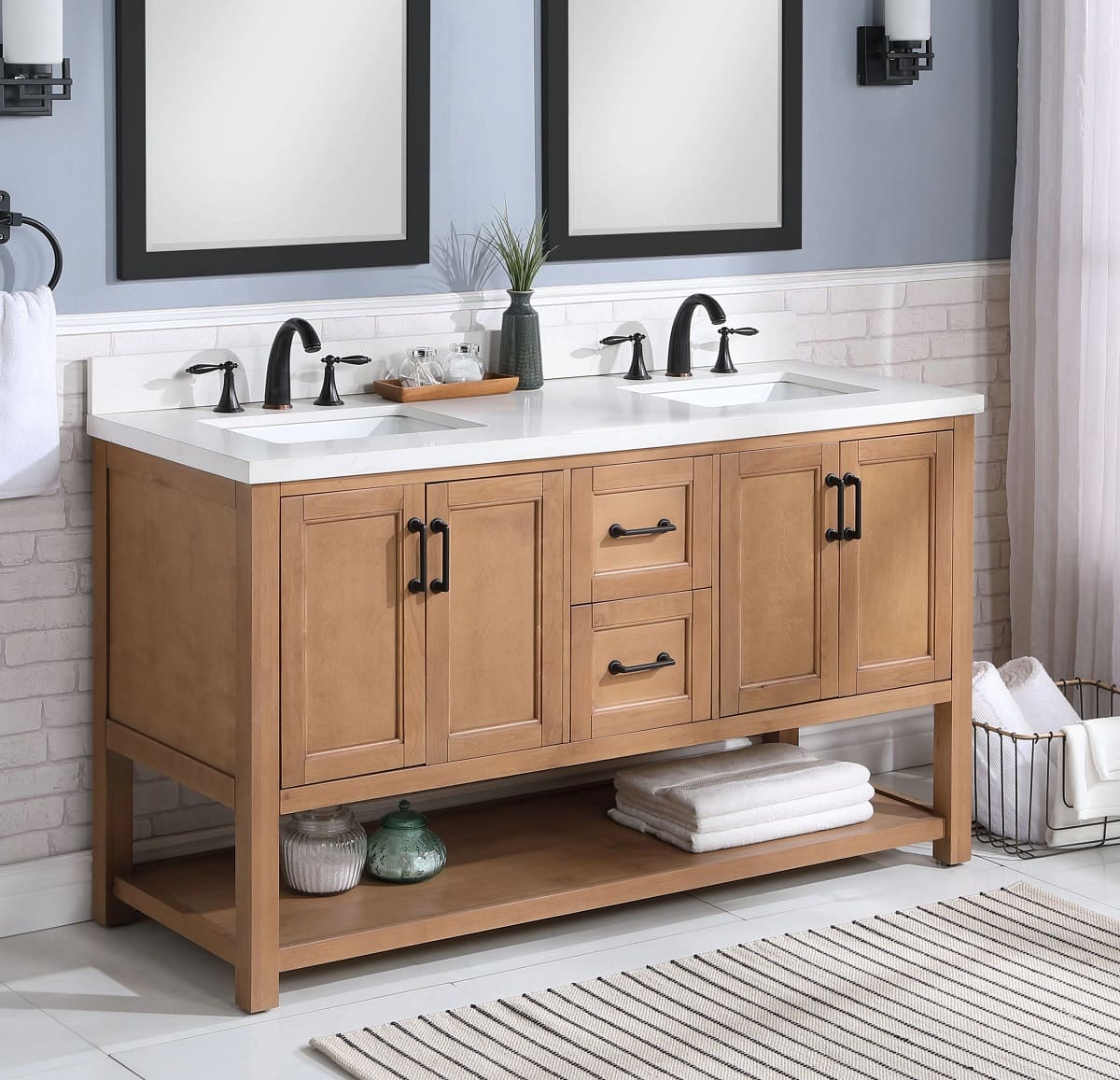
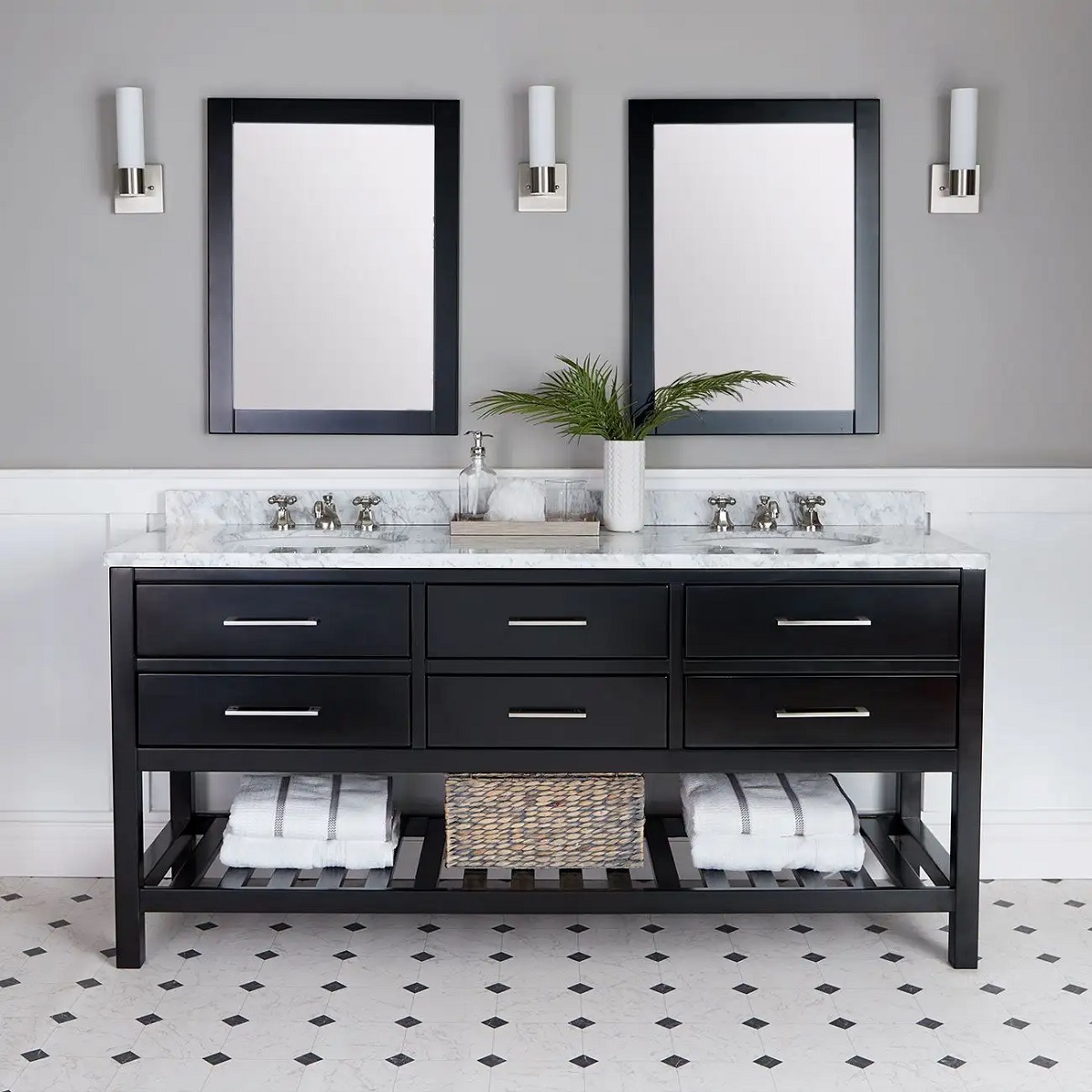
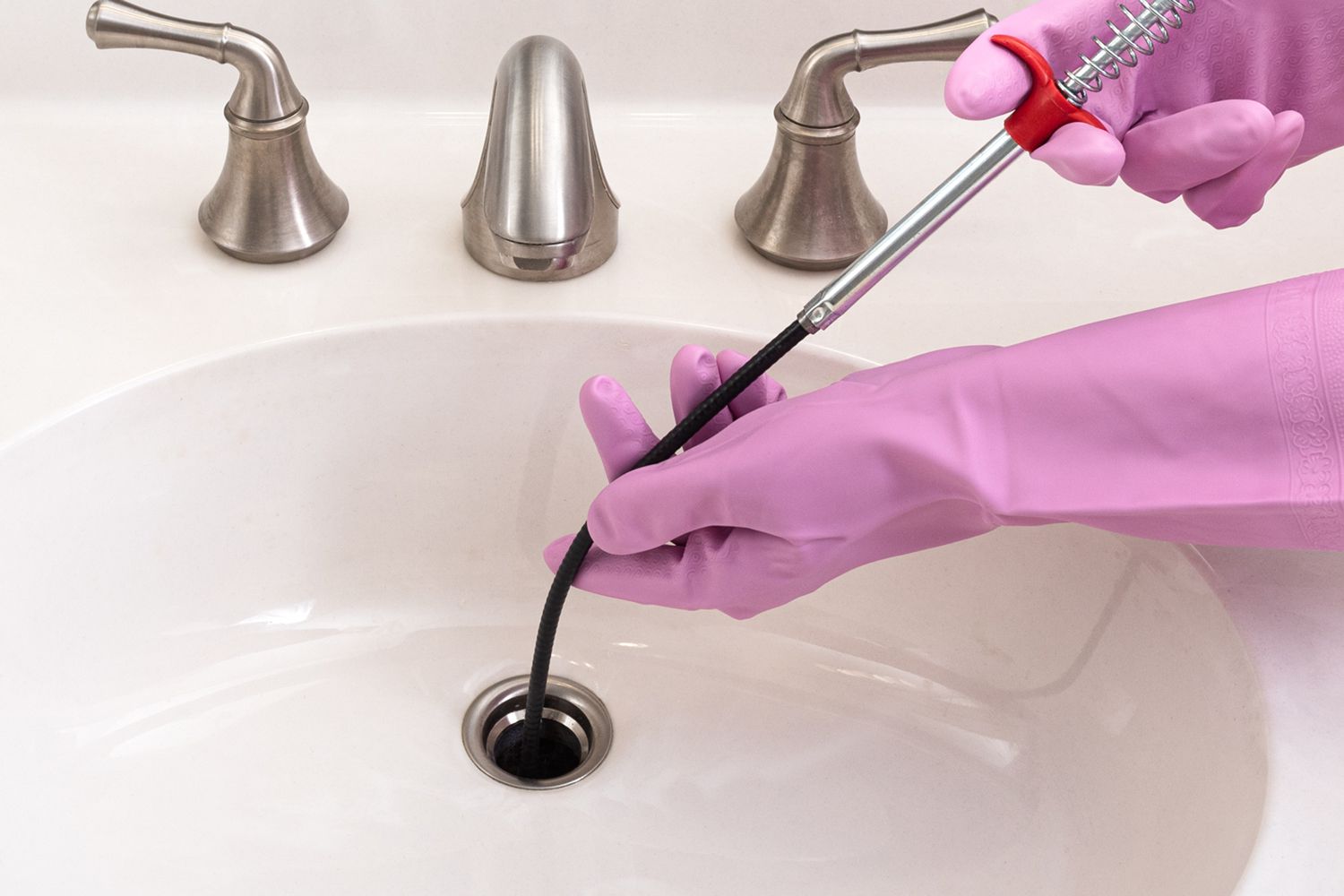
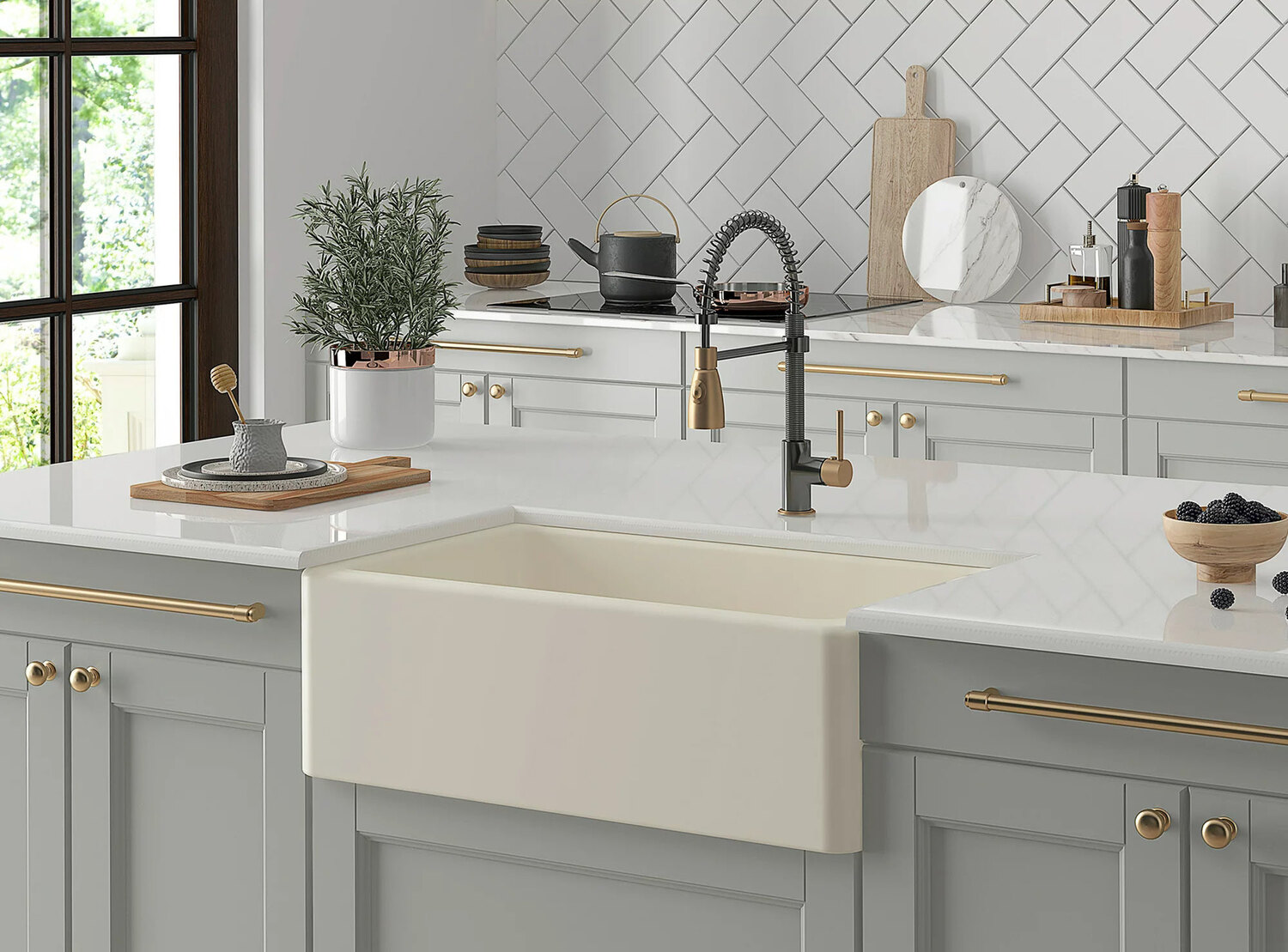
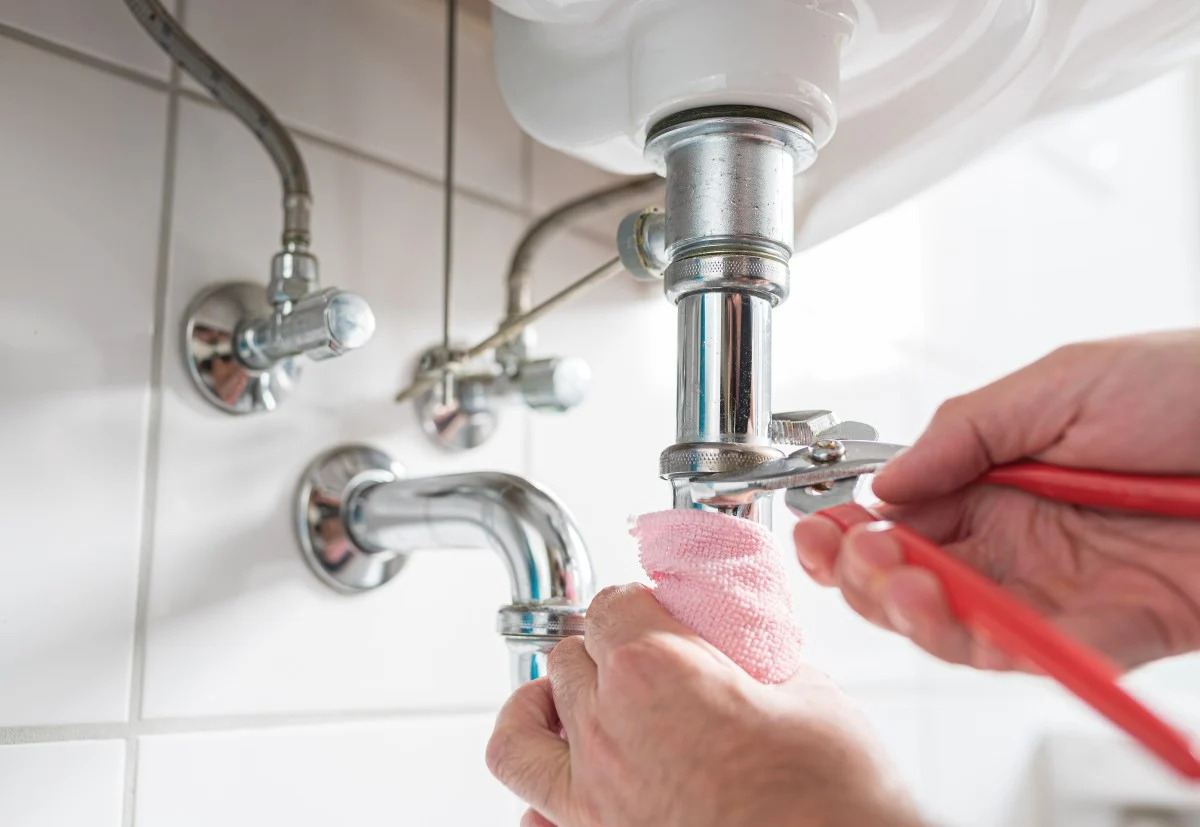
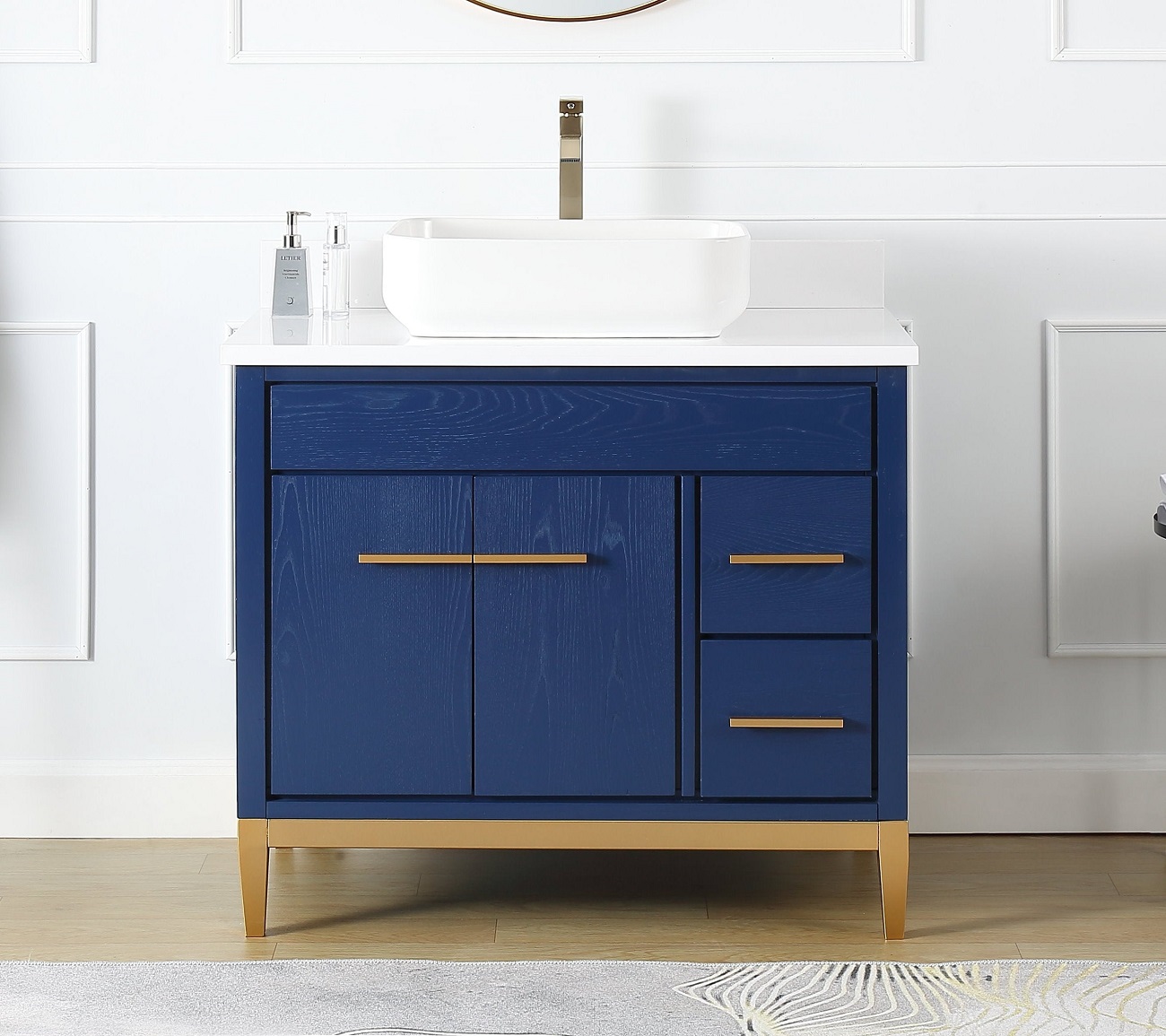
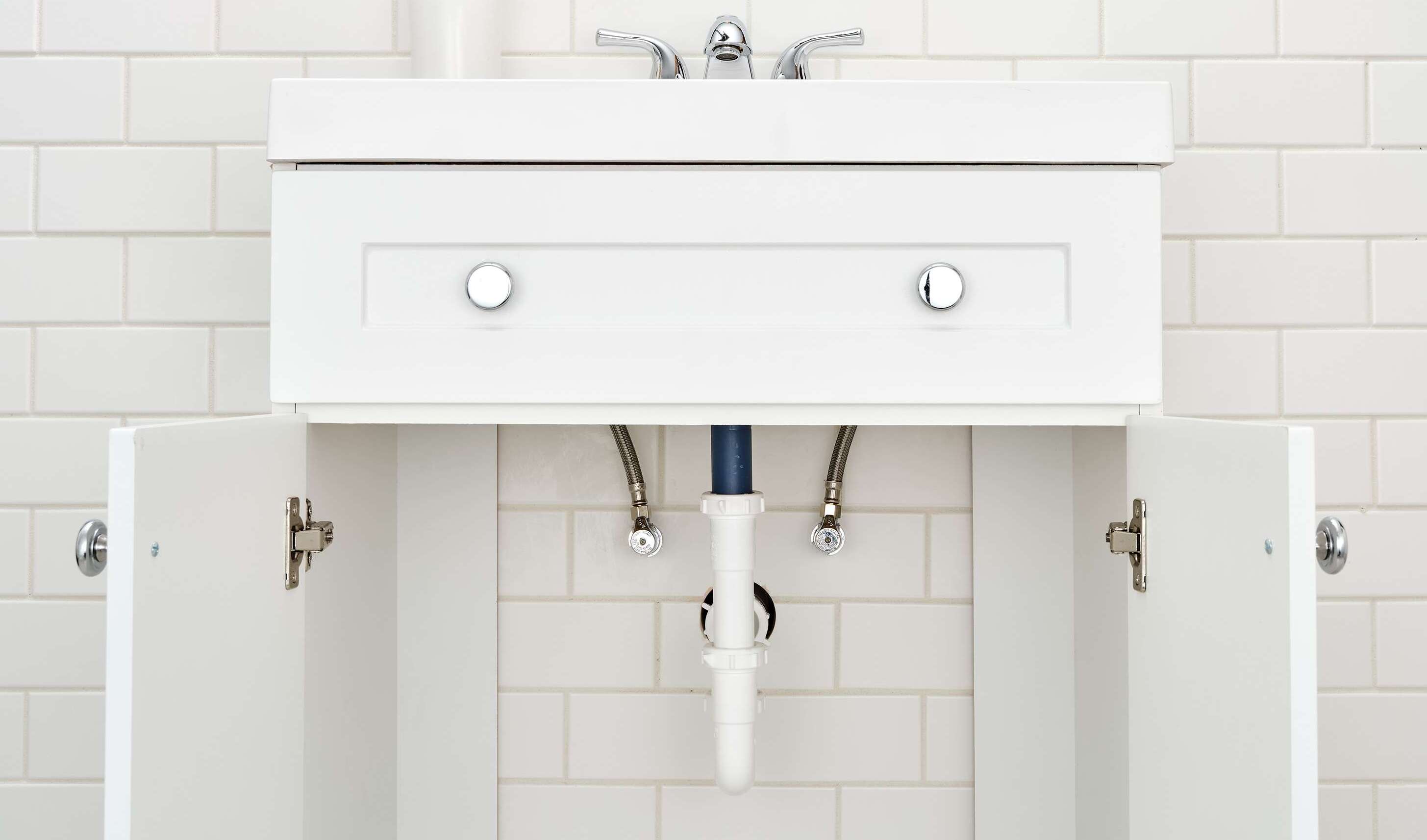
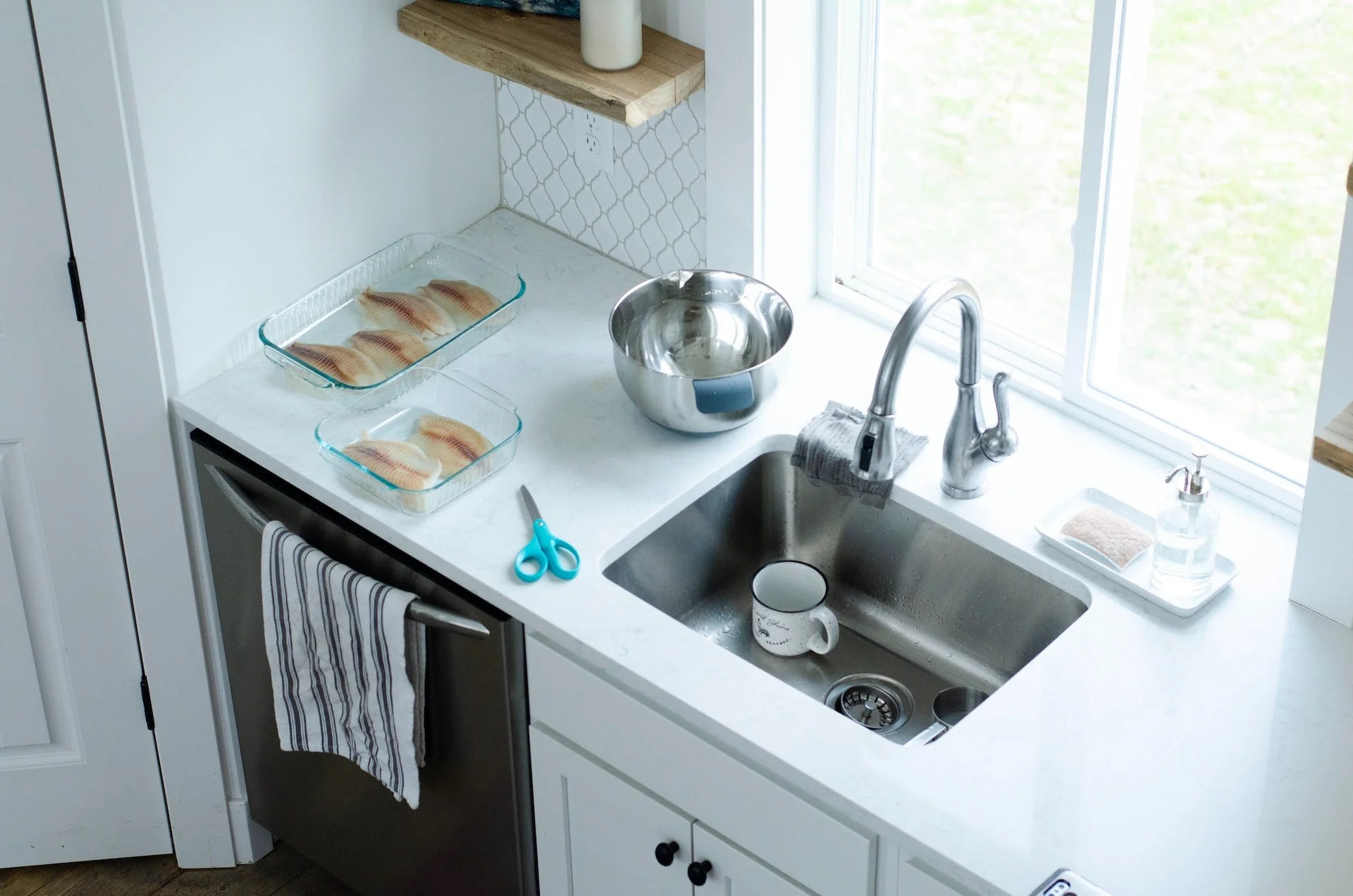
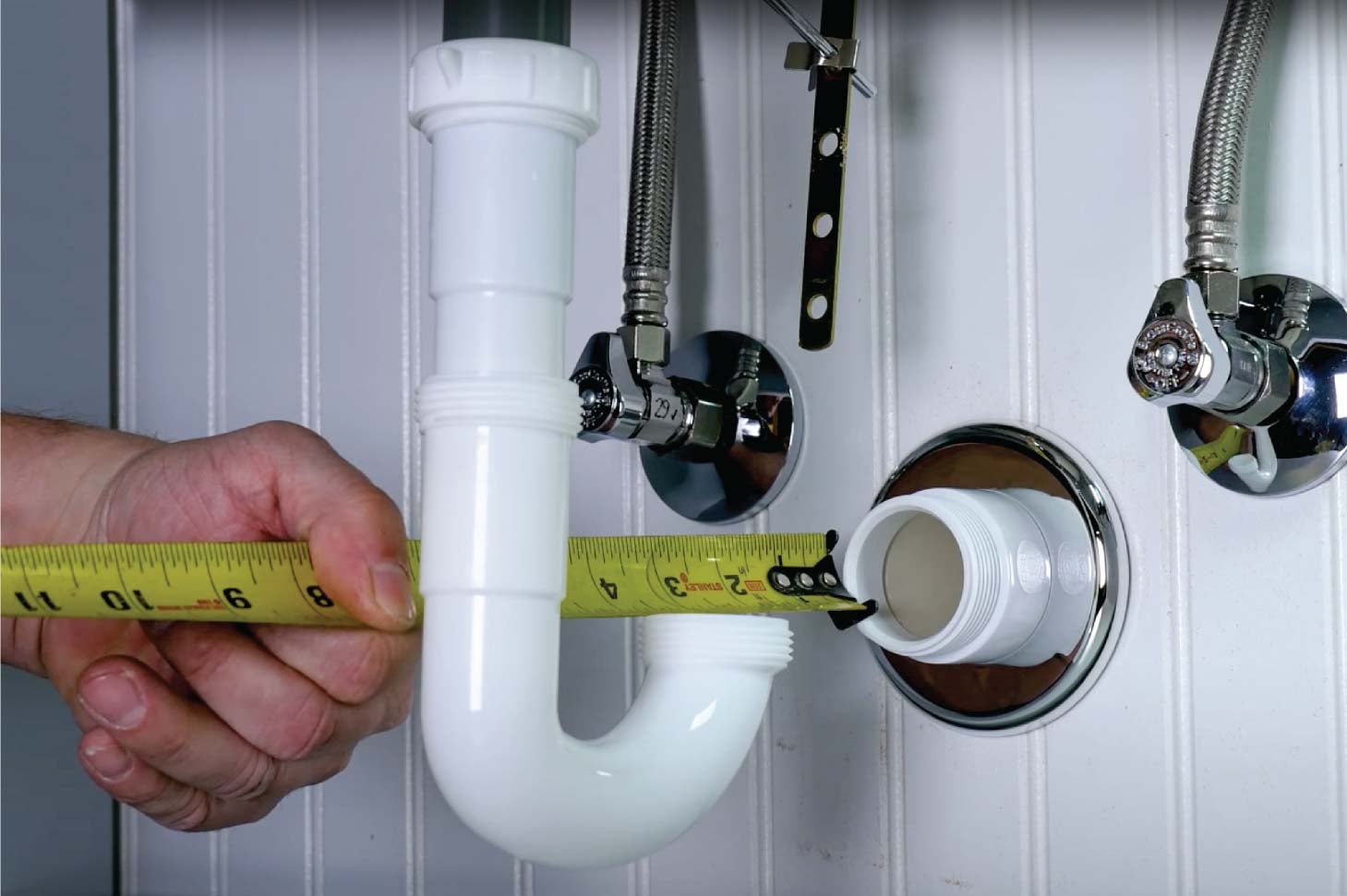
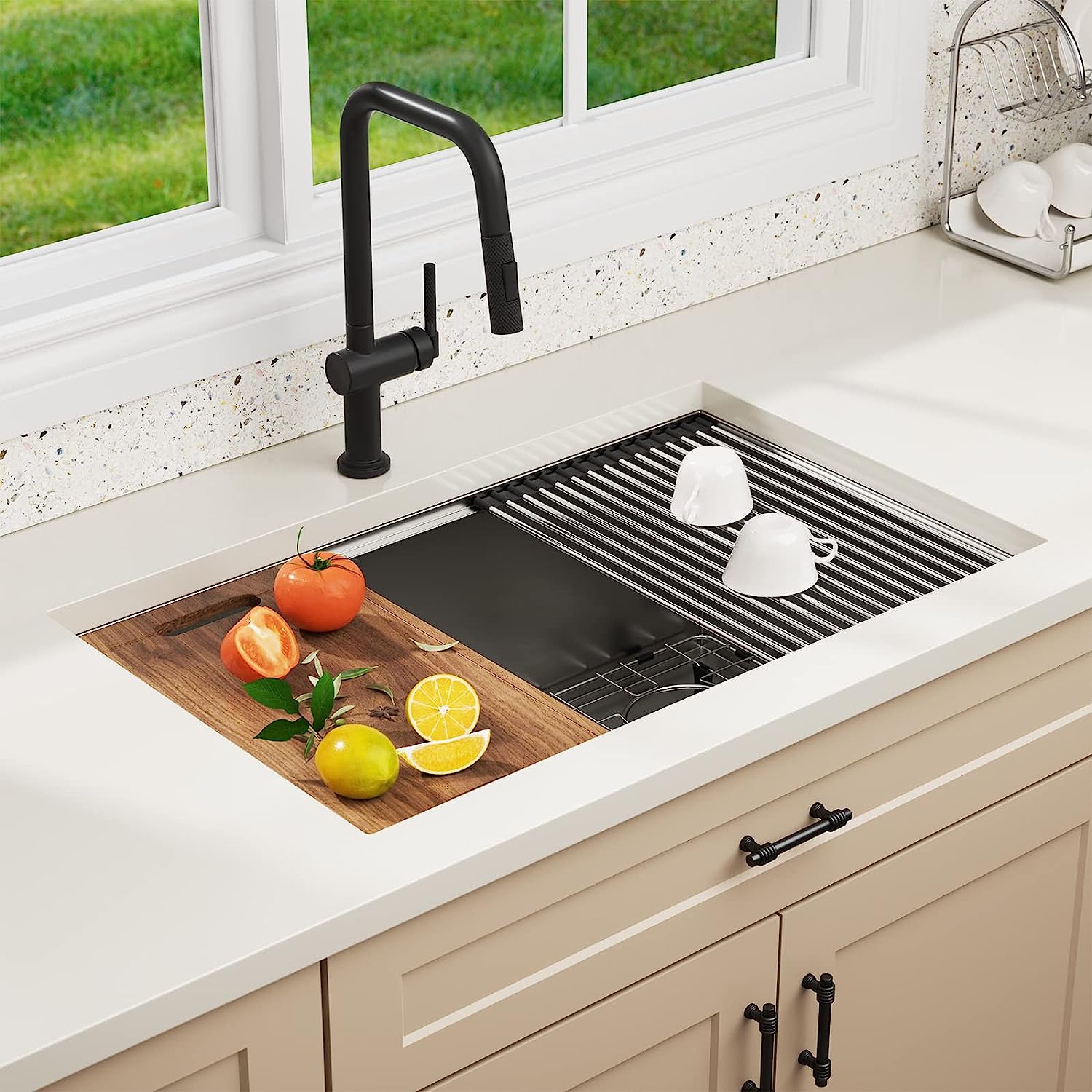
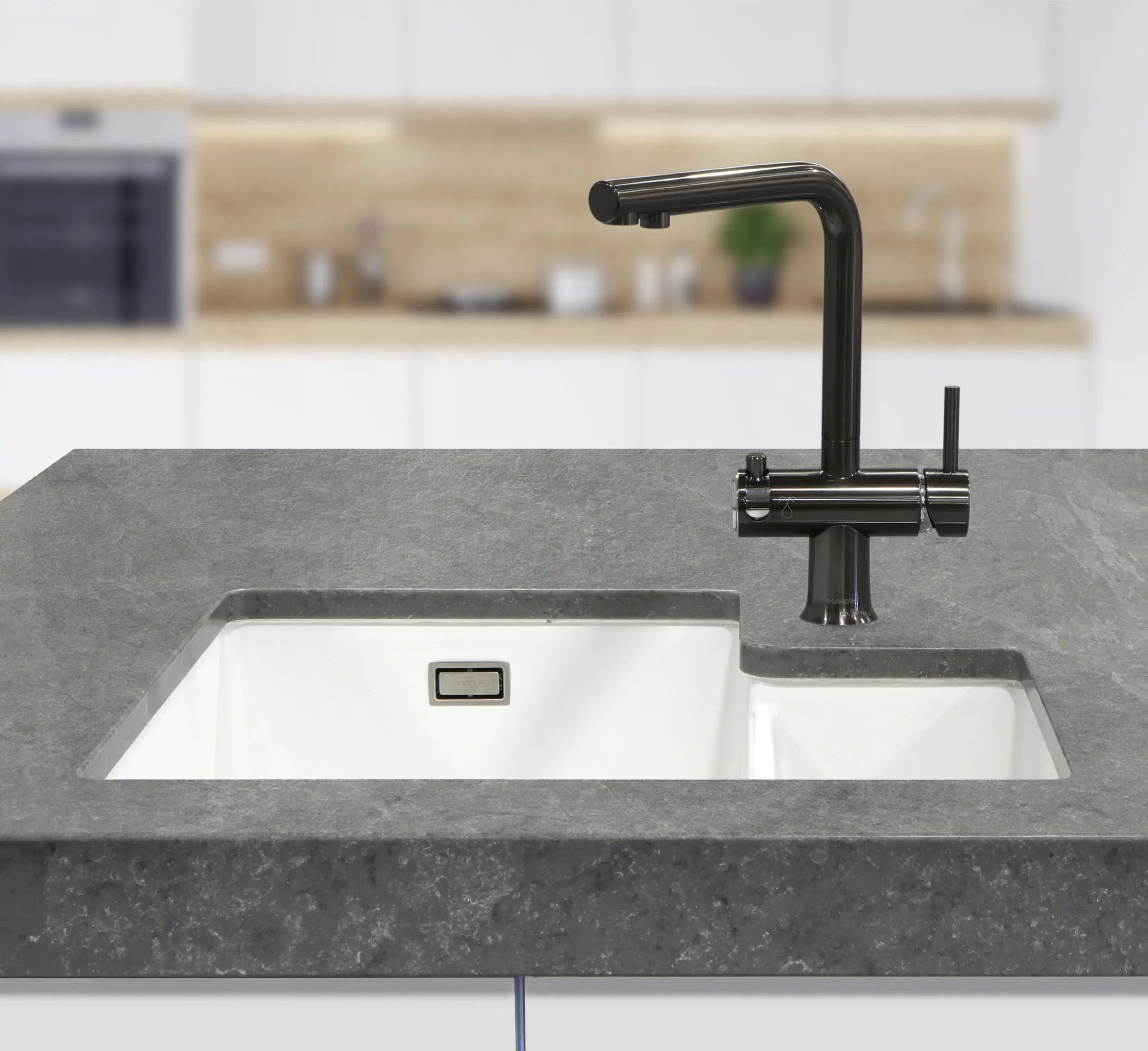

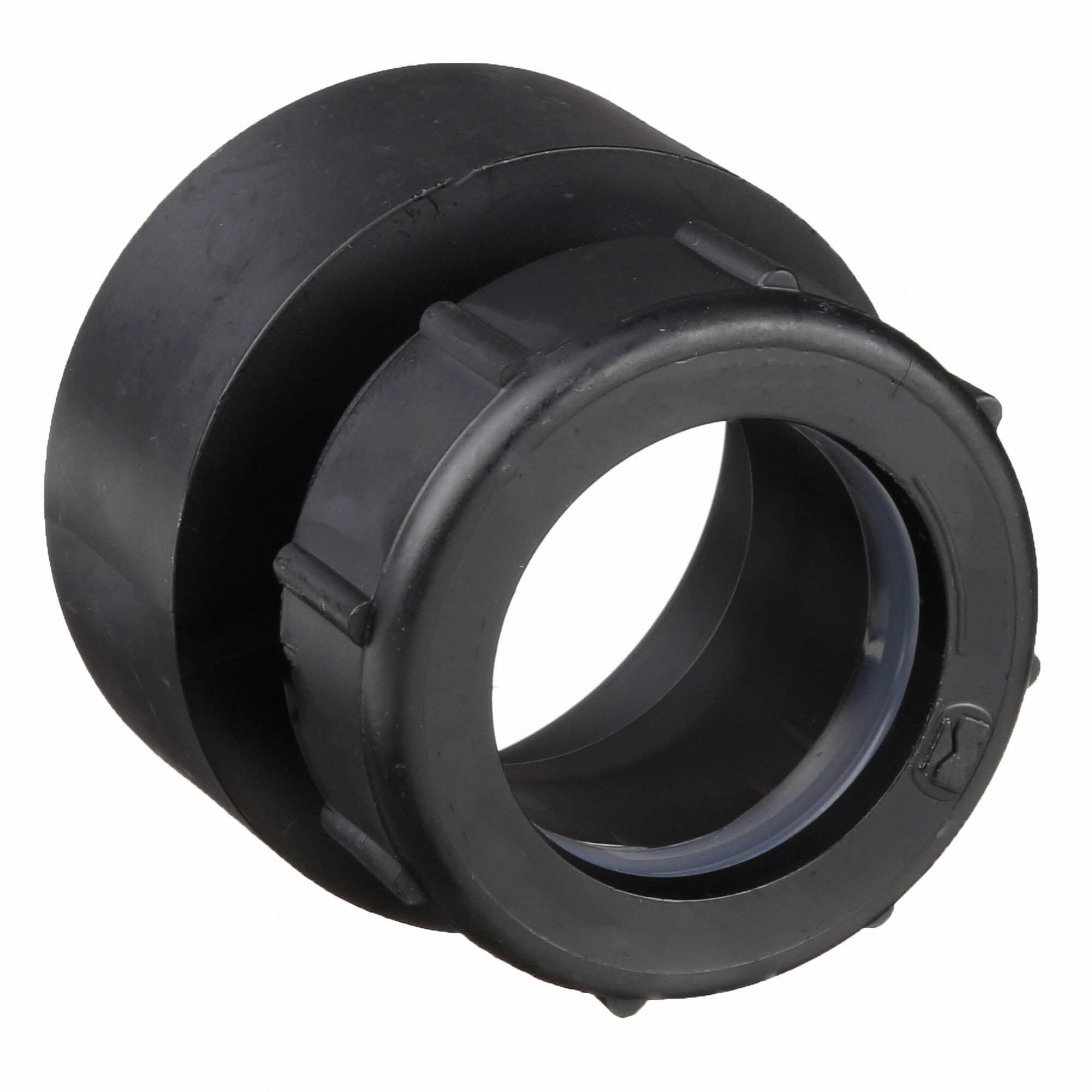
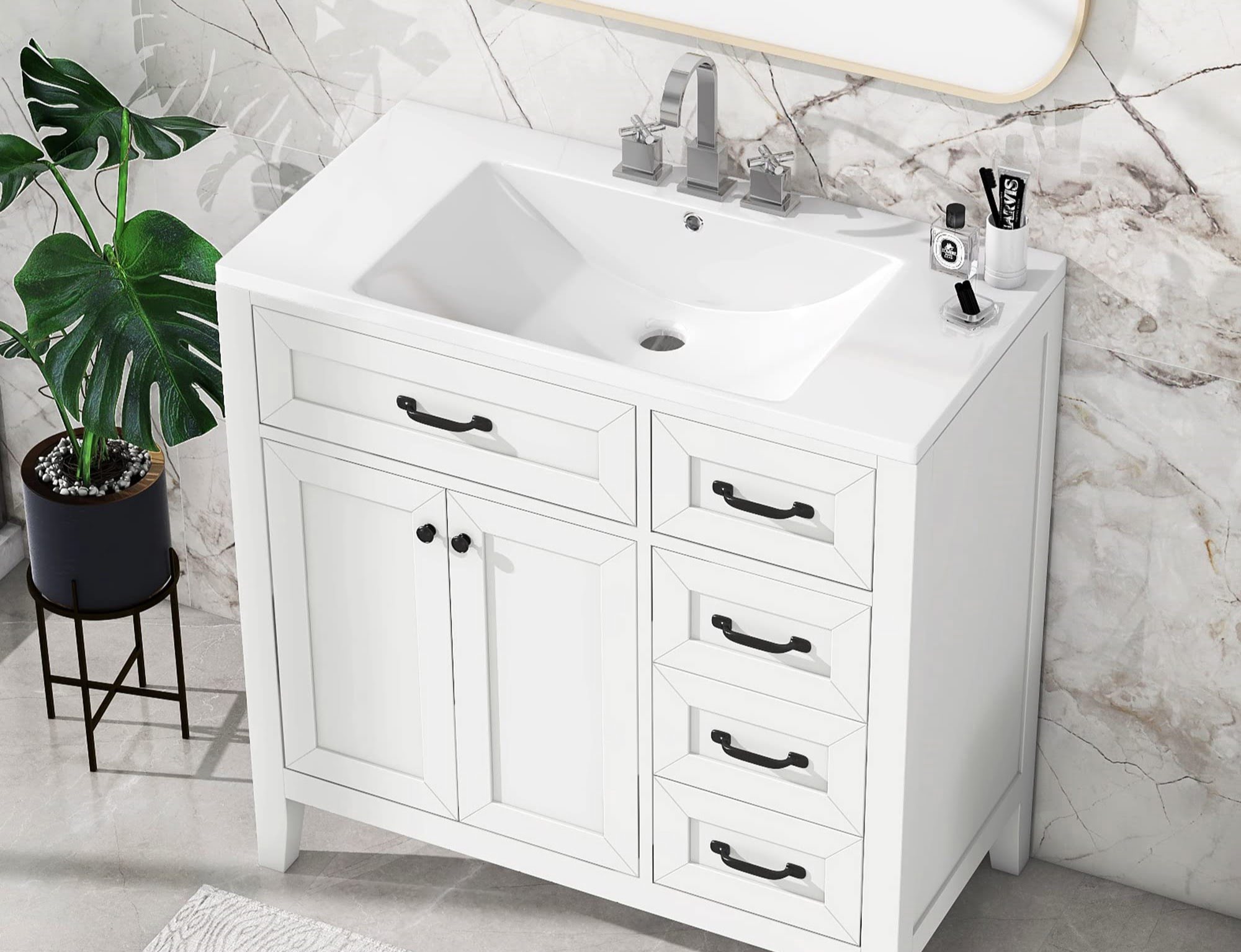

0 thoughts on “What Should Be The Size Of P-Trap For Bathroom Sink”